If you’re looking to add natural beauty, privacy, and shade to your garden or yard, a green fence made of fast-growing plants is a perfect solution. Unlike conventional fences, living fences offer a lush, eco-friendly barrier that attracts birds, reduces noise, and improves air quality. Best of all, many of these plants grow rapidly, providing quick coverage and visual interest throughout the seasons. In this article, we’ll explore 10 of the best fast-growing plants for a green fence to help you transform your space naturally.
1. Bamboo

Bamboo is one of the fastest-growing plants in the world, making it an ideal choice for a green fence. Certain clumping varieties like Bambusa textilis or Bambusa oldhamii can grow up to 3 feet per year, creating a dense, tall privacy screen in no time. Bamboo is highly versatile, offering both tropical elegance and sturdy coverage. It’s also incredibly hardy, resistant to pests, and thrives in various climates. Be sure to choose non-invasive clumping types to avoid garden overgrowth.
2. Leyland Cypress
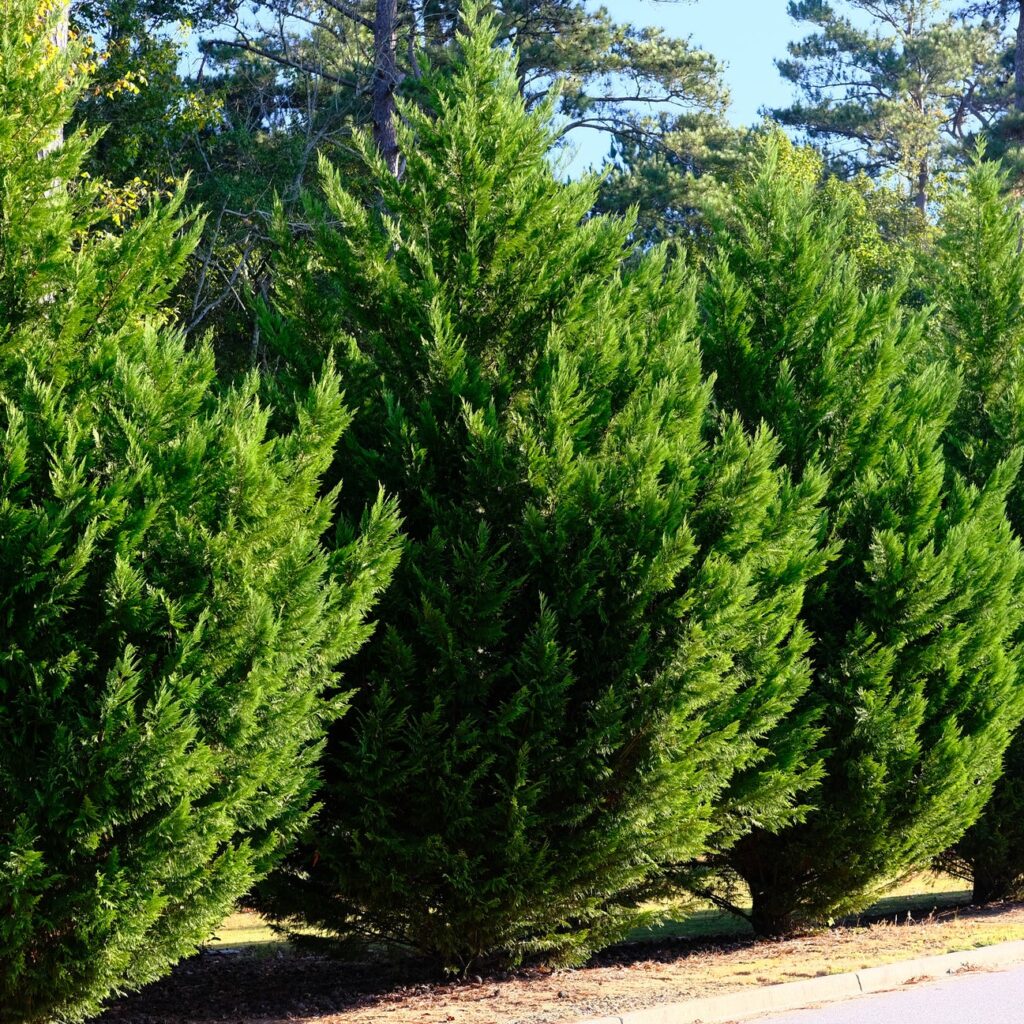
The Leyland Cypress is a popular evergreen for creating fast, tall privacy hedges. Known for its rapid growth rate of 3 to 4 feet per year, this conifer quickly forms a dense, green wall ideal for screening noise and wind. Its soft, feathery foliage remains vibrant throughout the year, requiring minimal maintenance beyond occasional trimming. It thrives in full sun and well-drained soil, making it suitable for a variety of landscapes and climates, especially in temperate regions.
3. Privet (Ligustrum)
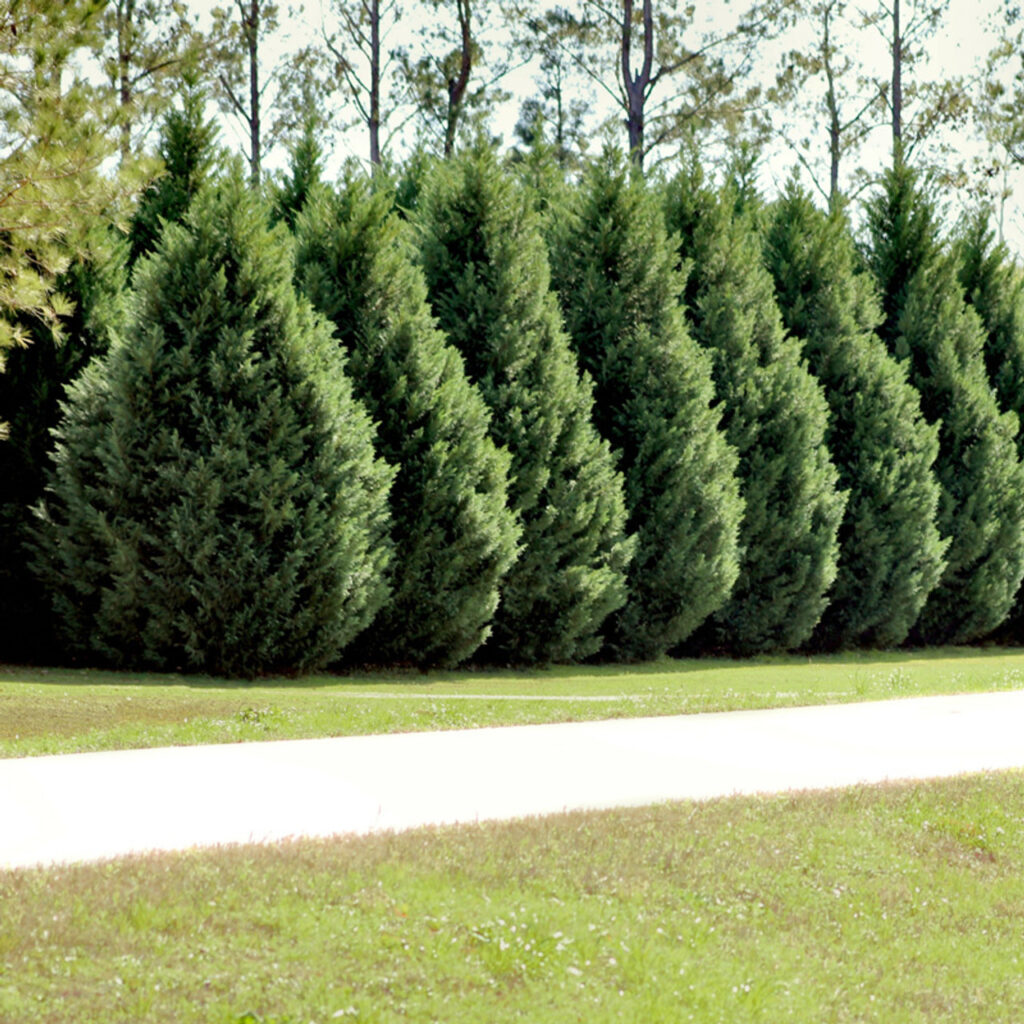
Privet hedges have long been a favorite for formal gardens and boundary fences. This fast-growing plant can add up to 2 feet per year, forming a thick, green barrier within a few seasons. It responds well to regular trimming, allowing you to shape it as desired — from neat, squared hedges to softly rounded forms. Privet’s dense foliage provides excellent privacy and can even produce clusters of small, fragrant white flowers in summer, attracting pollinators to your garden.
4. Carolina Jessamine (Gelsemium sempervirens)
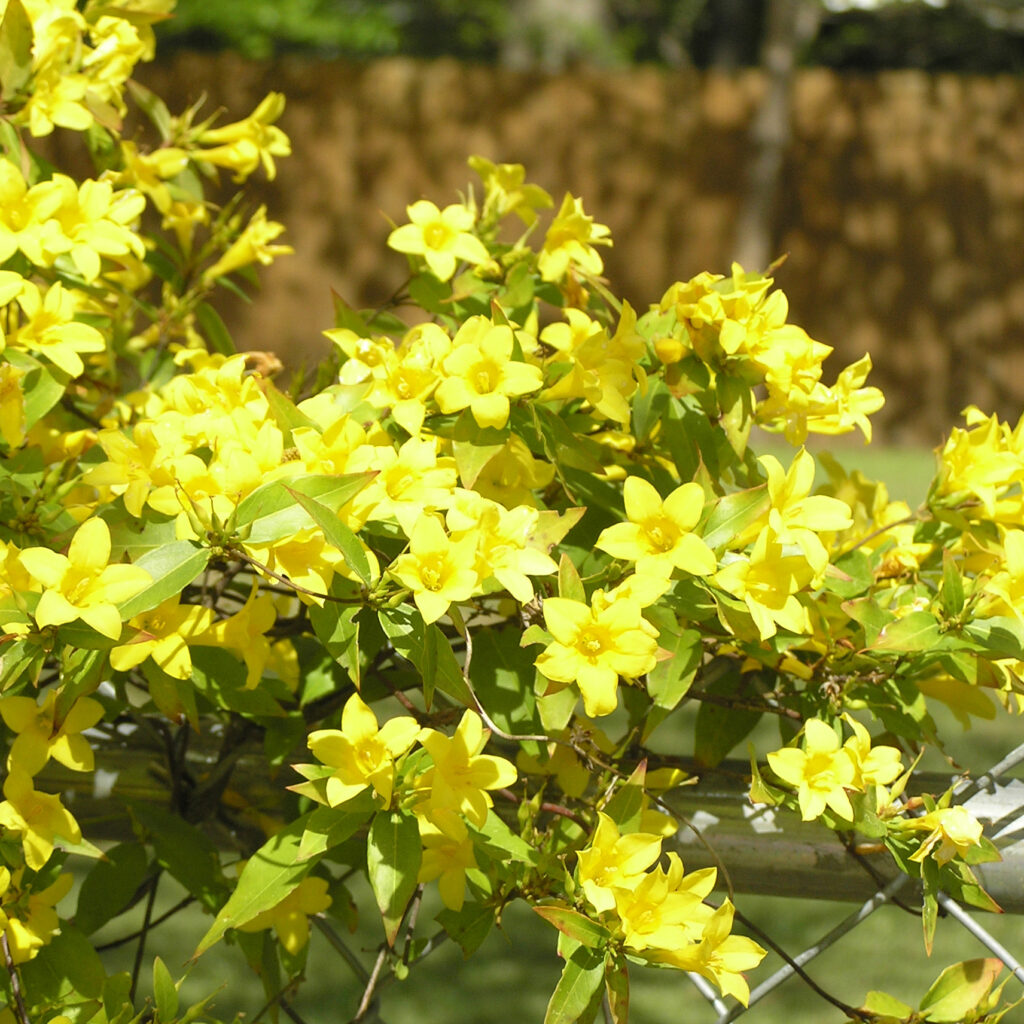
If you prefer flowering vines for your green fence, Carolina Jessamine is a fantastic option. This fast-growing, evergreen vine can quickly cover fences, trellises, and arbors, with a growth rate of around 20 feet per year in ideal conditions. In early spring, it bursts into bright, trumpet-shaped yellow flowers that add a splash of color and sweet fragrance. Native to the southeastern United States, it thrives in sunny spots with well-drained soil and is relatively low-maintenance.
5. Clematis
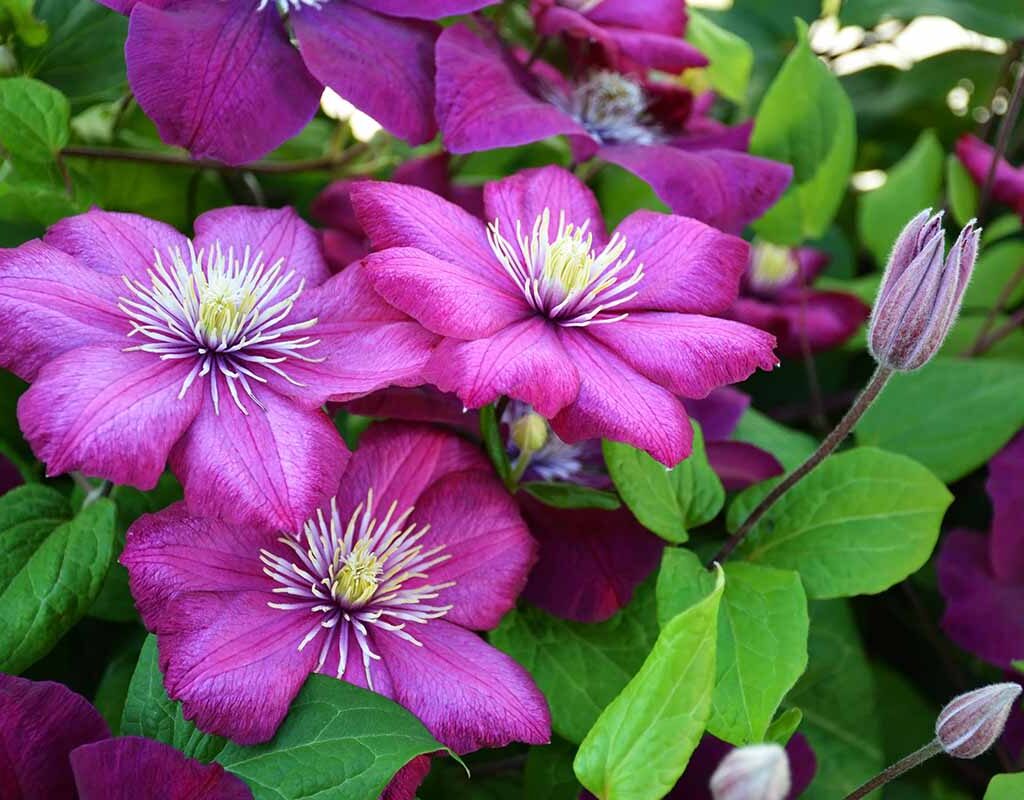
For a colorful, fast-growing living fence, Clematis vines are hard to beat. With proper care, many clematis varieties can grow 10 to 15 feet in a single season. Available in a stunning array of colors — from deep purples to vibrant reds and soft pastels — clematis adds charm and beauty to any garden fence. Most types prefer their roots cool and shaded while their foliage and flowers bask in full sunlight. Regular pruning and light feeding keep them lush and blooming for months.
6. Star Jasmine (Trachelospermum jasminoides)
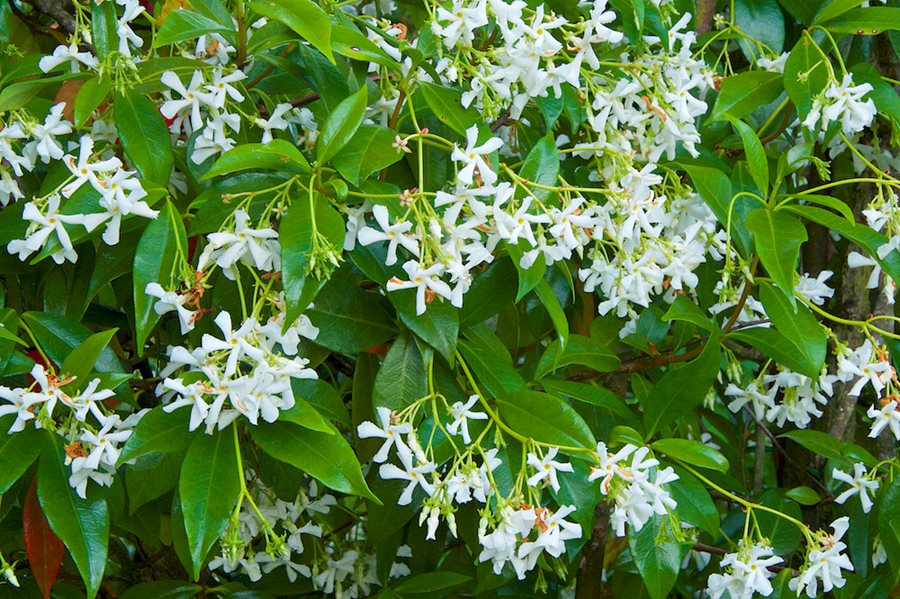
Star Jasmine is a fast-growing, evergreen vine with glossy leaves and intensely fragrant white flowers that appear in late spring and early summer. Growing at a rate of up to 3 feet per year, it quickly covers trellises and fences, creating a green, floral screen. Its sweet, heady fragrance is a bonus for patios and outdoor seating areas. Star Jasmine thrives in both sun and partial shade and is relatively drought-tolerant once established, making it a versatile choice for many gardens.
7. Photinia (Photinia x fraseri)
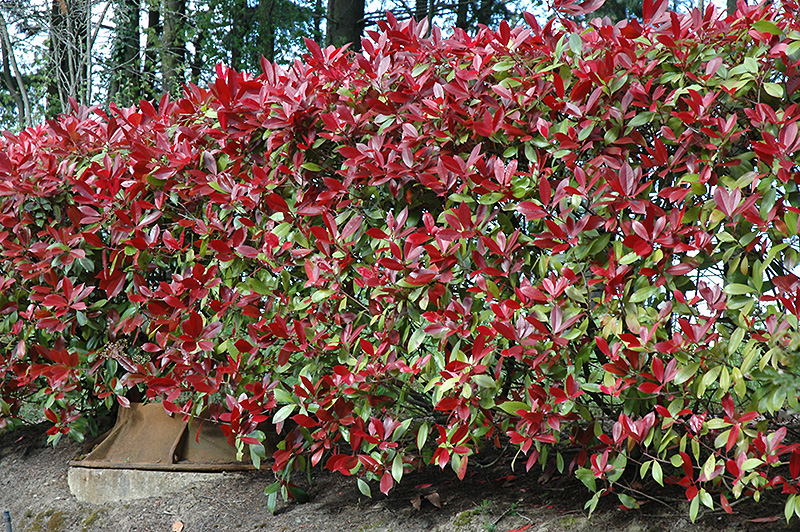
Photinia is a fast-growing evergreen shrub ideal for tall, dense hedges. Growing around 1 to 2 feet per year, its rich, green foliage is highlighted by striking red new growth that adds vivid color to your fence line. Photinia hedges offer year-round privacy and visual appeal, producing small white flowers in spring. It performs well in sunny to partially shaded areas and prefers well-drained soil. With occasional pruning, Photinia makes an attractive, low-maintenance living fence option.
8. Honeysuckle (Lonicera)
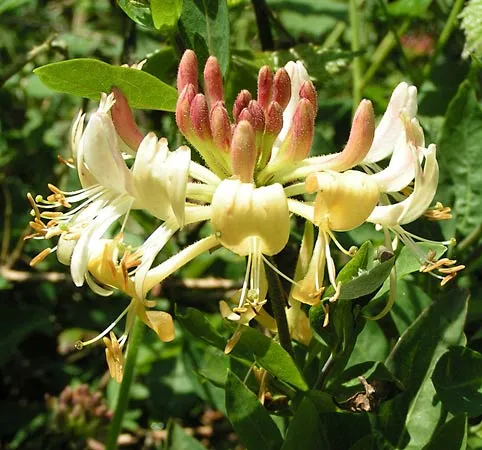
Honeysuckle vines are prized for their rapid growth and sweetly scented flowers. These vigorous climbers can grow 15 to 20 feet in a season, covering fences, pergolas, and trellises with ease. Their tubular flowers, in shades of yellow, red, and pink, attract hummingbirds, butterflies, and bees. Honeysuckle prefers full sun to partial shade and thrives in a variety of soil types. Regular pruning controls its size and encourages thicker growth, making it a practical and decorative choice for green fencing.
9. Climbing Roses
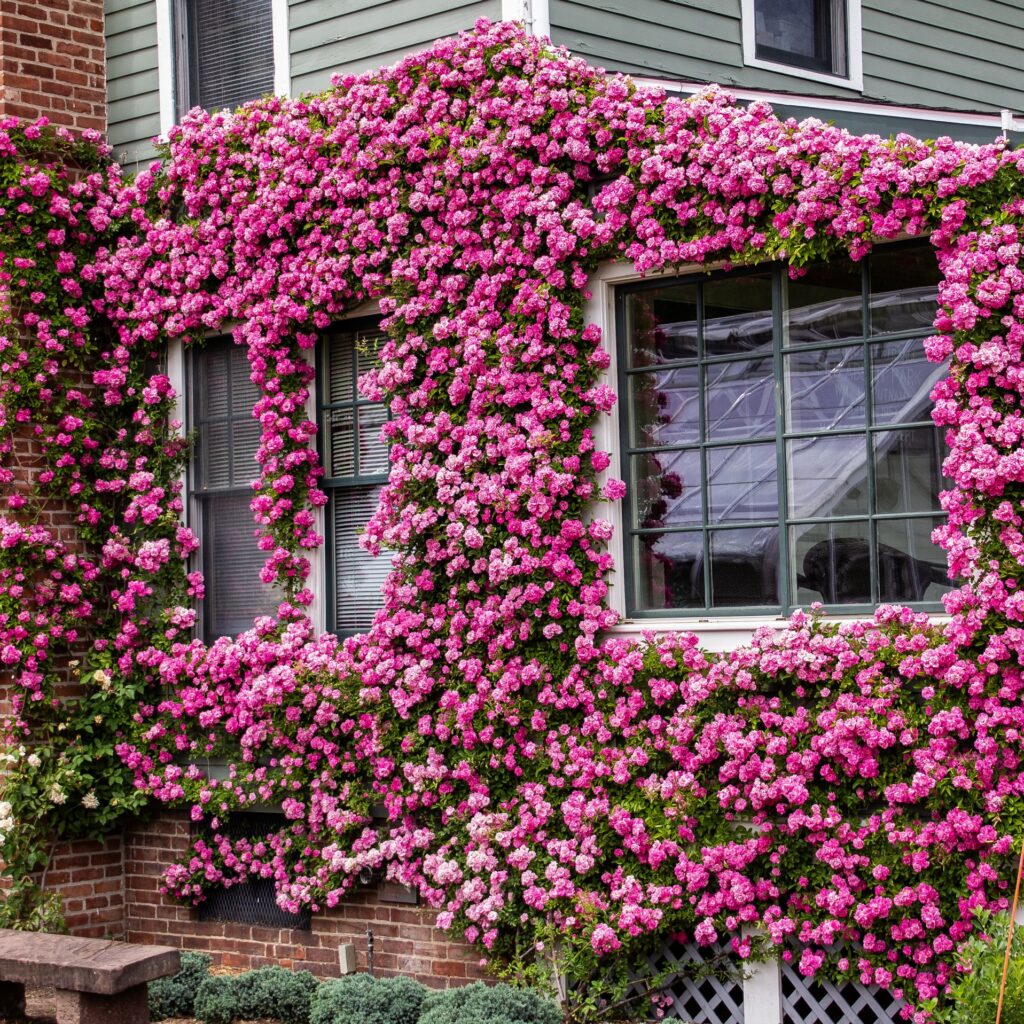
For a romantic, flowering green fence, climbing roses are an excellent pick. Some varieties, like ‘New Dawn’ or ‘Zephirine Drouhin’, can grow 10 to 15 feet per year under optimal conditions. These roses adorn fences and trellises with lush, colorful blooms throughout spring and summer. Many climbing roses are also fragrant, adding a delightful aroma to your garden. They thrive in full sun with good air circulation and benefit from regular feeding, pruning, and training against structures.
10. Willow (Salix)
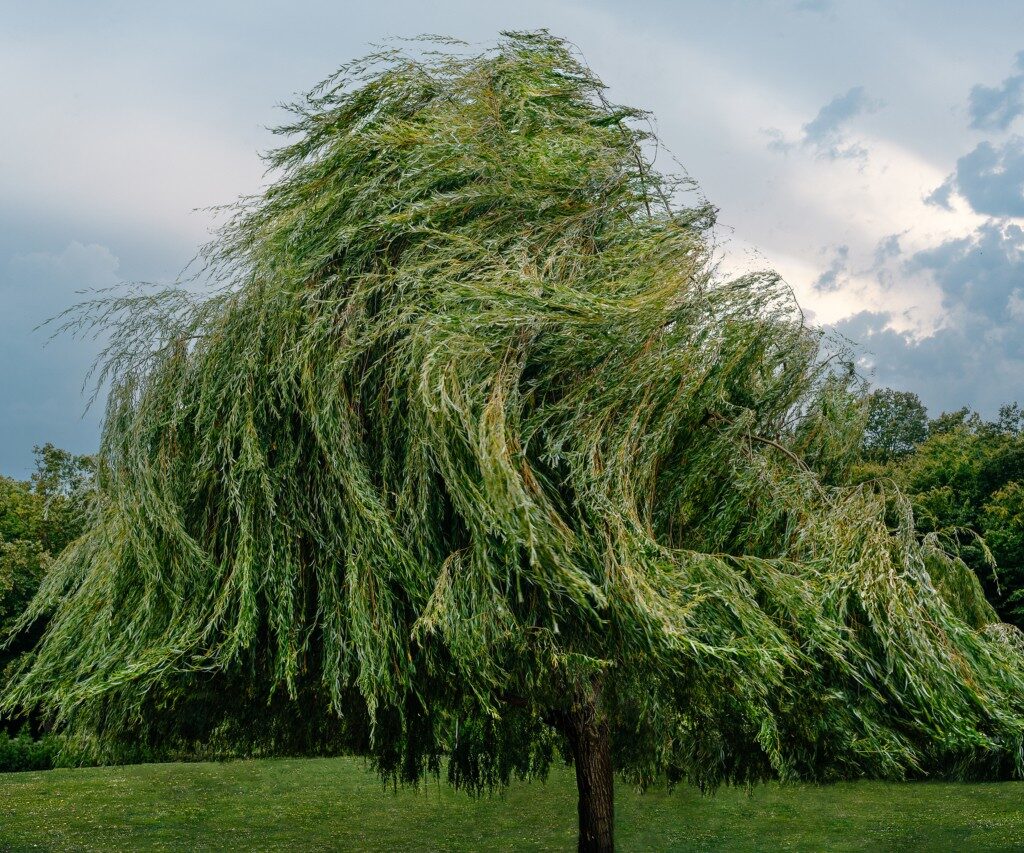
Willow trees and shrubs grow remarkably fast, with certain varieties like Salix alba ‘Vitellina’ adding 4 to 6 feet of height per year. Planted close together and woven into living fences or “fedges,” willows create dense, natural screens that provide privacy, windbreaks, and wildlife habitats. Willows thrive in moist soils and sunny locations, making them perfect for areas with abundant water. Regular pruning or weaving helps control their height and shape while promoting a healthy, thick growth habit.
Conclusion
Creating a green fence isn’t just about privacy — it’s about adding life, fragrance, and color to your outdoor space. Whether you prefer dense evergreen hedges, flowering vines, or leafy climbers, these 10 fast-growing plants offer natural, beautiful, and eco-friendly fencing options. With a little planning and care, you can enjoy a lush, living fence that enhances your garden’s charm while offering seclusion and shelter for years to come.
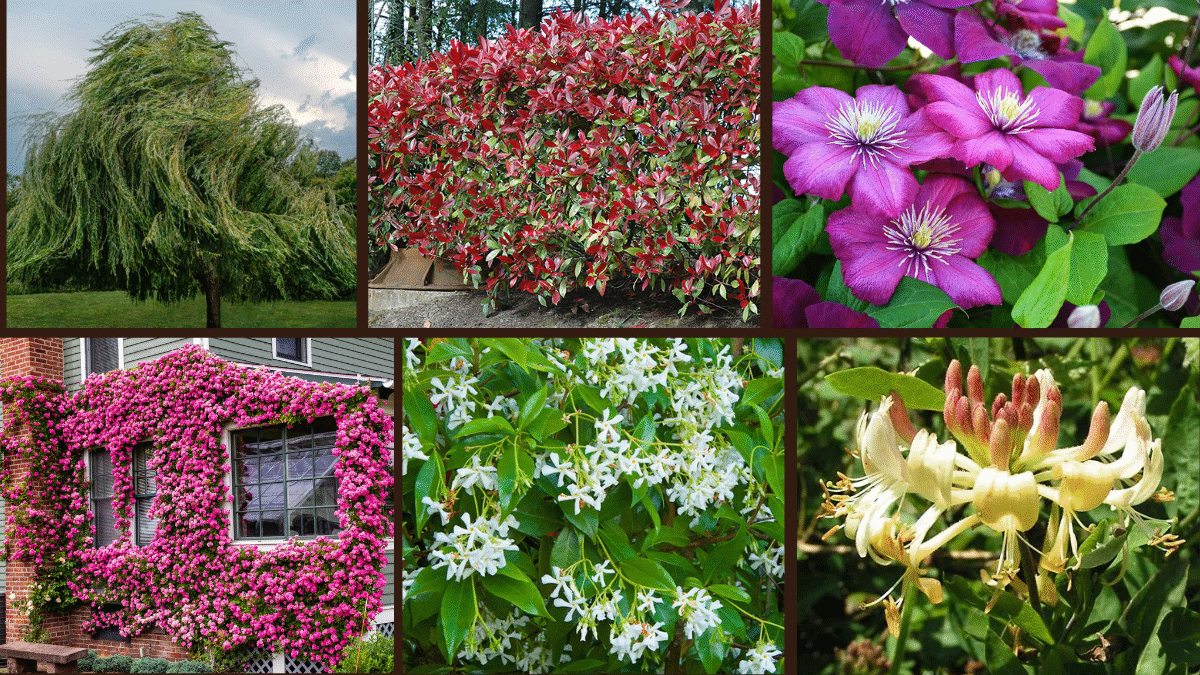


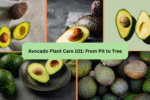
Leave A Comment